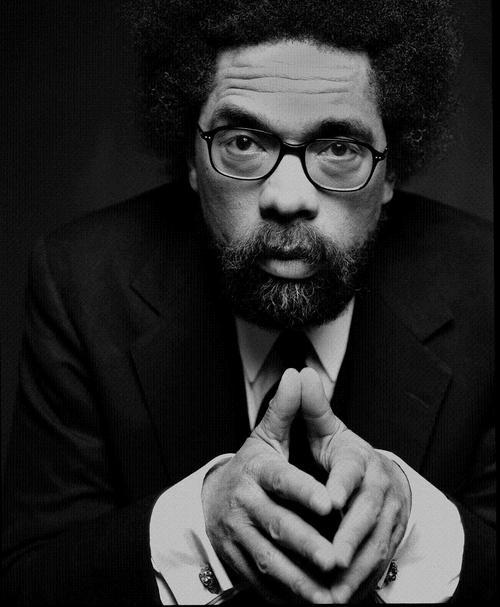As a Tlingit kid from Ketchikan, I never felt the kind of racism directed against me, personally, that I saw in the movies or on television, or perhaps read about in history books. I simply accepted that I was who I was and the family to which I belonged. No one else seemed to mind. I understood that Alaska Native people of a previous generation had fought for and won equality as citizens, long before the civil rights tensions of the 1960s came to a head elsewhere in the nation. I can’t speak to the experience of Alaska Natives as a whole, only my own experience.
In our group discussion of BH&H I was drawn to the “six identity statuses which characterize a White individual’s patter of responding to racial situations in his or her environment.” The first being Contact. Being White is viewed as a “normal” state, rarely reflected upon. That is, the privileges of being white are simply taken for granted. Maybe I did grow up privileged, because I never identified purely as a Native kid. While I certainly saw a racial divide growing up, particularly from members of my own family, I never took part in any sort of active racial identity reflection. People were simply curious to me, and I was content to remain an observer and not get involved. That remained true, at least, until I became a teenager.
In Ketchikan High School of the 1980s there was a clear racial divide between the “normal” kids and the Native kids. While I don’t recall any hostile words being spoken from either group towards the other, there certainly was little social mixing. White kids were friends among themselves and Native kids were friends among themselves. I increasingly felt isolated from both groups. What I observed of the Native kids, though, didn’t appeal to me. How they dressed and interacted with each other, their language, wasn’t something I could partake in. Also, observing their behavior in school contrasted with how I saw them at potlatch gatherings, for instance. The same Native kids I saw from school were the ones wearing the regalia and dancing.
One of my strongest interests in high school was politics. It’s been a few years, but I was likely most comfortable speaking up in history or U.S. government classes. It was the 80s and I, like many kids of my generation, was drawn to Ronald Reagan. Maybe it was how I confidently spoke about current events that drew certain kids to me. White kids. I came to accept my new friends and rejected being Native. I felt a new empowerment as I had at last been socially accepted in the cool crowd. I had not so subtly shifted my identity from Native to white.
I’ve reached point in my life that I want to reestablish the connections that I broke those many years ago. My political views have certainly evolved with time, and my attitudes towards being Native have also evolved. I trust that, because of courses like this one, I am progressing toward a more purposeful and positive affirmation of my humanity.
In our group presentation I felt compelled to speak out against a current presidential candidate, who I feel will set the absolutely wrong tone for today’s youth. As a teenager I drawn to a political ideology for the wrong reasons, and presidential candidate in question, referring to a female U.S. Senator as “Pocahontas”, denigrating whole classes of people based on their ethnicity, gender or religious faith, is a danger for the country. Such sentiments expressed from from the White House will only make it more difficult for teachers who are attempting to guide our students to a more hopeful affirmation of themselves and the country we share.

